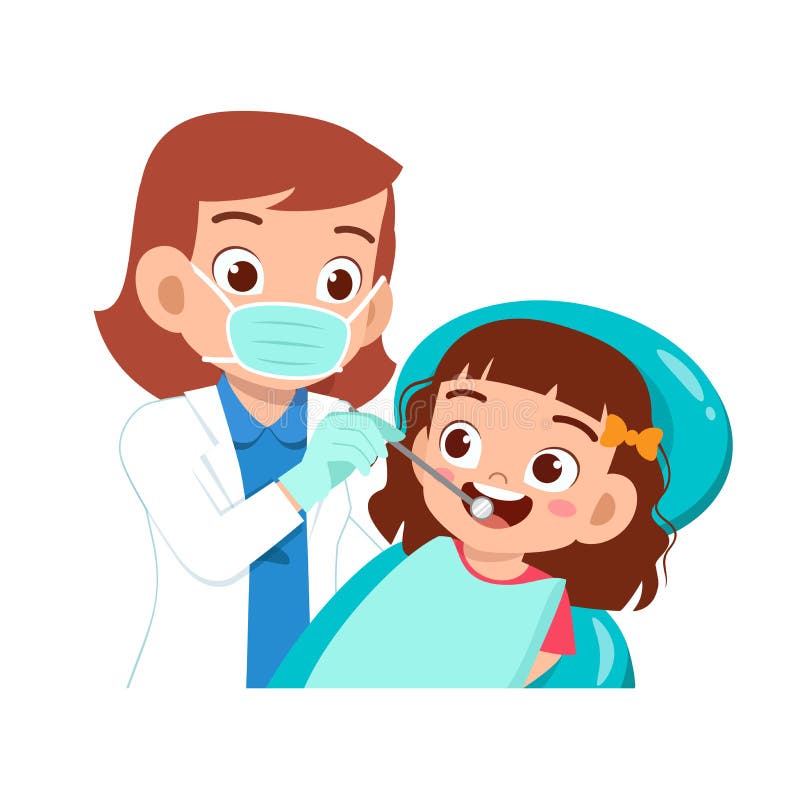Explore the Array of Dental Issues Dentists Frequently Handle
From the common issue of dental caries created by microbial task to the extra insidious progression of gum disease, dental professionals need to be proficient at early detection and intervention. Tooth sensitivity, frequently resulting from worn enamel, adds one more layer of complexity, while the early identification of oral cancer cells can be life-saving.
Cavities and Dental Cavity
Dental caries, additionally understood as dental cavities, are caused by the demineralization of tooth enamel due to acid-producing microorganisms in the mouth. If left without treatment, cavities can lead to substantial dental complications, consisting of infections and tooth loss.
To detect tooth cavities and tooth degeneration, dentists use a combination of visual exams, dental X-rays, and often laser fluorescence tools. For even more sophisticated degeneration, a dentist may need to eliminate the endangered tissue and bring back the tooth with dental fillings made from products such as composite material, amalgam, or porcelain.
Safety nets are vital in combating cavities and dental cavity. Routine oral exams, correct cleaning and flossing techniques, and a balanced diet plan reduced in sweet foods and beverages are basic techniques that support oral health and wellness and lessen the danger of tooth decays.
Gum Condition

Periodontitis happens when plaque, a sticky movie of germs, solidifies into tartar and builds up listed below the gum line. This triggers the gum tissues to retreat from the teeth, creating pockets that end up being infected. As the body's immune system fights the bacteria, the bone and connective cells that hold teeth in position are broken down. The danger elements for gum disease consist of bad dental hygiene, cigarette smoking, diabetes mellitus, and genetic predisposition.
Dentists diagnose periodontal condition through professional evaluation and gum penetrating to gauge pocket depths around the teeth. Treatment may include scaling and origin planing to remove tartar and germs from tooth surfaces and underneath the periodontals. In severe situations, medical treatments like flap surgical treatment or bone grafts are necessary to recover oral wellness. Maintaining appropriate dental hygiene and normal dental check-ups are important for avoiding periodontal condition.

Tooth Sensitivity
Beyond periodontal illness, an additional typical oral problem that patients often experience is tooth level of sensitivity. Defined by a sharp, short-term pain in feedback to stimulations such as warm, chilly, sweet, or acidic foods and beverages, tooth level of sensitivity can considerably impact a client's lifestyle - dentist eugene oregon. This problem usually develops when the safety enamel layer of the teeth comes to be worn down or when the gums recede, exposing the underlying dentin. Dentin has microscopic tubules that attach to the nerve closings within the tooth, thereby transmitting the agonizing feelings.
Furthermore, dental treatments, broken teeth, and gum tissue illness can expose the dentin. To alleviate tooth sensitivity, dental professionals might recommend using tooth paste formulated for delicate teeth, fluoride therapies to reinforce enamel, or oral bonding to cover revealed dentin.
Ultimately, attending to tooth sensitivity requires a thorough strategy that consists of both safety nets and targeted treatments to reduce discomfort and protect the dental structures.
Dental Cancer Cells
Dental cancer cells, a possibly deadly and serious problem, often flies under the radar in regular oral care conversations. This type of cancer can impact any kind of part of the mouth, consisting of the lips, tongue, cheeks, floor of the mouth, soft and difficult tastes, sinuses, and throat. Early discovery is important for successful therapy, yet numerous instances are detected at sophisticated phases because of refined first symptoms.
Misaligned Bites
Misaligned bites, also called malocclusions, are an usual oral issue that check over here can significantly affect both dental wellness and total lifestyle - dentist eugene or. These problems take place when the top and reduced teeth do not line up appropriately, bring about difficulties in biting, chewing, and even talking. Malocclusions can be identified right into different kinds, consisting of overbites, underbites, crossbites, and open attacks, each presenting one-of-a-kind challenges that call for customized therapy techniques
The reasons for misaligned bites vary and can consist of hereditary factors, early loss of key teeth, thumb sucking, and injuries to the jaw. Signs and symptoms often include discomfort or pain in the jaw, regular biting of the internal cheeks, and a boosted threat of tooth decay and gum tissue illness as a result of difficulty in keeping oral health.
Dental practitioners and orthodontists use a variety of treatments to deal with misaligned bites, from traditional braces and clear aligners to extra sophisticated operations in serious instances. Early medical diagnosis and treatment are important to avoid problems such as temporomandibular joint (TMJ) disorders and abnormal wear on teeth. Via extensive evaluation and individualized treatment plans, oral professionals play a crucial function in correcting malocclusions and boosting individuals' dental feature and looks.
Verdict
Dental practitioners deal with a spectrum of dental issues, each with distinct challenges and treatment protocols. Dental caries and dental caries result from bacterial task that jeopardizes tooth enamel, while periodontal condition can intensify from click reference gingivitis to severe periodontal conditions. Tooth level of sensitivity includes discomfort from thermal stimuli, necessitating details treatment. Early detection of dental cancer cells is crucial for reliable intervention. Misaligned bites impact both dental health and lifestyle, commonly needing orthodontic or medical remedies to correct.
To identify dental caries and tooth decay, dental practitioners employ a combination of visual examinations, dental X-rays, and in some cases laser fluorescence gadgets.Beyond gum tissue disease, another typical oral concern that people frequently come across is tooth hop over to these guys level of sensitivity. In addition, dental procedures, broken teeth, and periodontal illness can expose the dentin. To reduce tooth level of sensitivity, dental practitioners might recommend using toothpaste formulated for sensitive teeth, fluoride therapies to strengthen enamel, or dental bonding to cover exposed dentin. Tooth cavities and tooth decay result from bacterial activity that jeopardizes tooth enamel, while periodontal disease can escalate from gingivitis to severe periodontal problems.